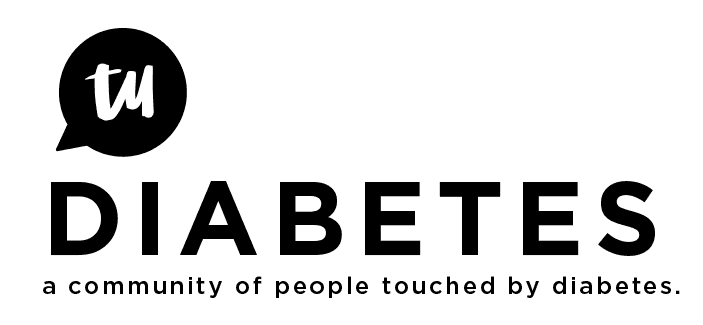My a1c are good but I have hypoglycemia unawareness.It woke me up one night when I went below my target.Does anyone think that a cgm is worth it just for that reason.It probably will be able to show my doctor some trends.
The amount that is 20% of something varies depending on what the number is. Twenty percent of 2.6 is going to be very different from 20% of 15.9 (0.5 versus 3.1 mmol/L).
To keep things simple, I only do the math if a number is off by more than 1-2 mmol/L.
That sounds reasonable.I was going to base it on 1.7 mmol.Same number to change basals.
![]()
![]()
![]()
![]()
![]()
![]()
![]()
![]()
![]()
![]()
![]()
![]()
![]()
![]()
![]()
![]()
![]()
![]()
![]()
![]()
Perhaps I just need more coffee, but I’m not understanding what you meant.
What I mean is that when you test your basal rate 1.7 mmol is the amount you use to see if your basal rate needs adjusting.Now do you get it?
Sorry, my first attempt at this was confusing and wrong. Here’s 2nd attempt. Hope it’s better!
Let’s say your fingerstick is 4.0 mmol/L and your CGM reads 5.0 mmol/L.
First question is: Is your CGM reading within 20% of the fingerstick? The answer is no. Because the CGM reading needs to be +/- 20% of 4.0. Twenty percent of 4.0 = 0.8. Plus or minus 0.8 from 4.0 is 3.2 to 4.8. The CGM reads 5.0, which is too high. Therefore add fingerstick number or 4.0 for calibration.
Thing to remember with calibrations is they are only done when the bloods have been flat lining for a while. Otherwise due to the time difference between BG and where the sensor reads it adds a further difference to it’s calculations.
Coffee deficit here, too, because I’m not understanding what you mean when you say that you “use 1.7 mmol to change basals”. Please explain.
@Dee_Meloche 1.7mmol is right for basal adjustments (we adjust when BGS rise or fall by 30-40mg/dl), but Dexcom variance requires a bit more work. It’s not a fixed number, but a percentage.
